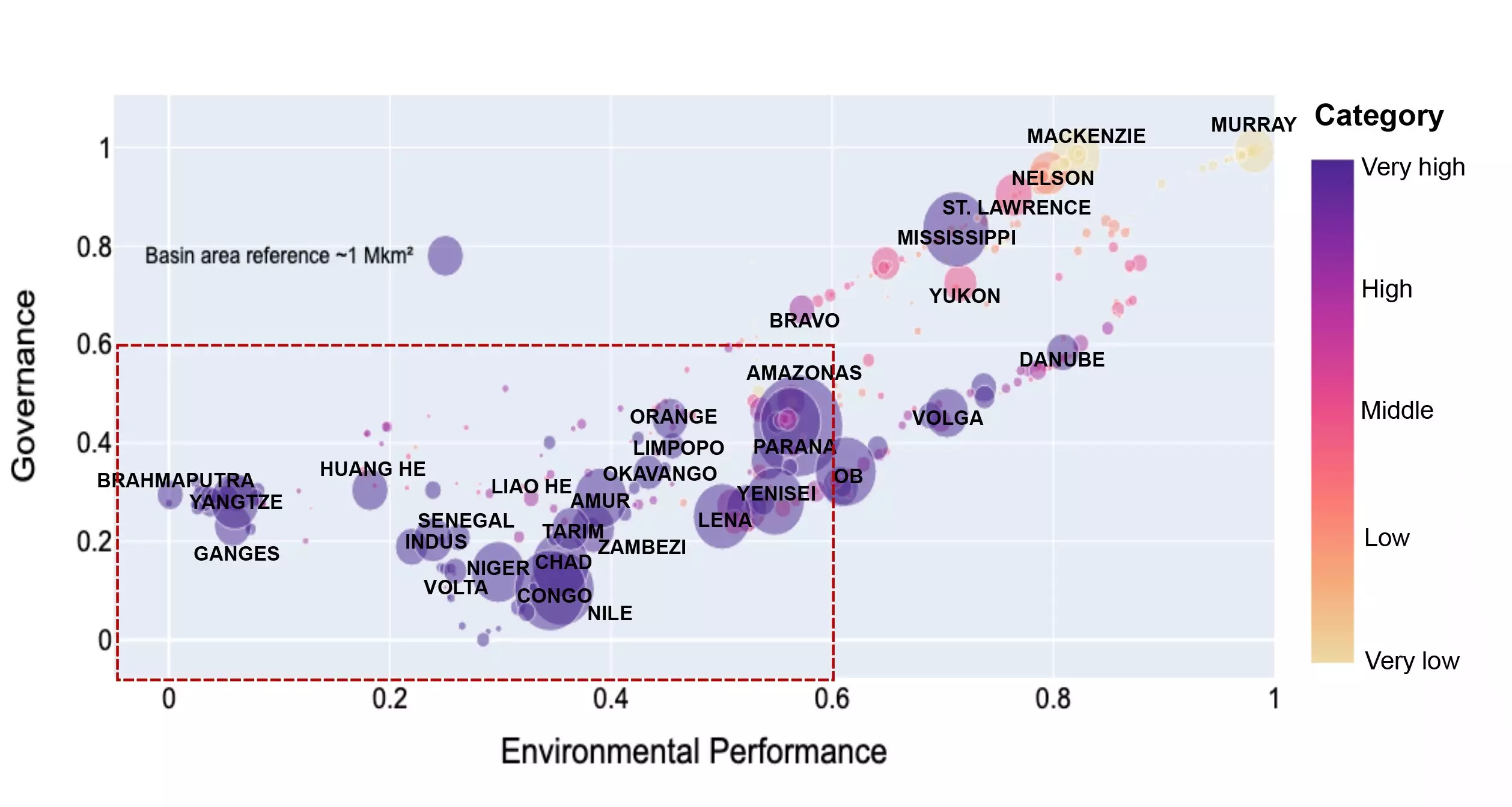The global water crisis looms as one of the most pressing issues of our time, threatening ecosystems, human health, and economic stability. Traditional methods of assessing water supply risk have largely focused on the immediate conditions of rivers, lakes, and aquifers. Researchers at Stockholm University have proposed a significant paradigm shift by emphasizing the importance of the environmental and governance conditions upwind of rain-producing areas. This innovative approach, documented in the study “Upwind Moisture Supply Increases Risk to Water Security” published in *Nature Water*, challenges existing perceptions and highlights the intricate web connecting water availability across geographical and political boundaries.
Understanding the ‘Precipitationshed’
At the core of this compelling research is the concept of the “precipitationshed,” which refers to the geographical area contributing moisture for precipitation. Unlike the traditional perspective that isolates water bodies and their immediate surroundings, the upwind perspective broadens our understanding to include significant environmental phenomena occurring far from the actual river basin or aquifer. For instance, the researchers found that regions such as the Amazon rainforest and the Andes Mountains, despite their geographical separation, have a symbiotic relationship regarding water supply, revealing a complex network of interdependence.
Fernando Jaramillo, an associate professor of physical geography at Stockholm University, articulates the importance of recognizing this upwind relationship: “Water supply really originates beforehand, with moisture evaporated from land or in the ocean traveling in the atmosphere before falling as rain.” This statement underscores that understanding water security risks requires a comprehensive view that extends beyond conventional boundaries.
The Groundbreaking Findings of the Study
The study analyzed 379 hydrological basins globally and concluded that risks to water security are significantly exacerbated when considering the conditions in upwind areas. The findings illustrate a shocking nearly 50% increase in water security risk, with about 32,900 cubic kilometers per year facing very high risks compared to the previous traditional assessment of 20,500 cubic kilometers. This radical shift in understanding underscores the urgent need for policymakers to rethink their approaches towards water management.
Moreover, this newfound risk stems not only from climatic factors but also from how land use in upwind areas can drastically affect moisture levels and, consequently, precipitation. In regions undergoing deforestation and agricultural expansion, the reduction of vegetative cover decreases the quantity of moisture available for rain, leading to a ripple effect that can endanger water supplies far downstream. As Jaramillo explains, “changes in land use in upwind areas can impact downwind countries dramatically.”
The interdependence of countries concerning water resources extends into the realm of governance and environmental management. For landlocked countries or those whose water sources are heavily reliant on the conditions in neighboring nations, political dynamics become crucial determinants of water security. This raises critical questions regarding international cooperation and shared environmental responsibility.
For instance, the Congo River basin exemplifies how poor environmental governance in upstream countries can create significant vulnerabilities for downstream nations. Lan Wang-Erlandsson, another researcher involved in the study, highlights that this dependency necessitates greater transparency and collaboration in managing cross-border water resources. Countries must start seeing their water policies not just as isolated national concerns but as interconnected elements influencing broader regional stability.
Addressing the complexities of global water security in light of this new understanding will require an updated framework for international policy and cooperation. Jaramillo and Wang-Erlandsson emphasize the importance of developing comprehensive governance frameworks that consider atmospheric water flows alongside traditional water rights. This could involve collaborative agreements focusing on sustainable land management practices in upwind areas that prioritize both environmental preservation and water security for downstream neighbors.
The notion that “all water is connected” encapsulates the essence of this perspective. By acknowledging the interdependence of water systems across national boundaries, we can work towards reducing tensions and ensuring equitable access to this vital resource.
The groundbreaking research conducted at Stockholm University sheds light on a previously overlooked dimension of water security. By shifting focus to upwind conditions and emphasizing cross-boundary relationships, we have the potential to revolutionize our understanding of water resource management. This paradigm shift calls for urgent international cooperation and a holistic approach to governance, ultimately aimed at securing water for all. The findings serve not as a mere academic contribution but as an urgent plea for collaboration in addressing one of humanity’s most profound challenges.


Leave a Reply